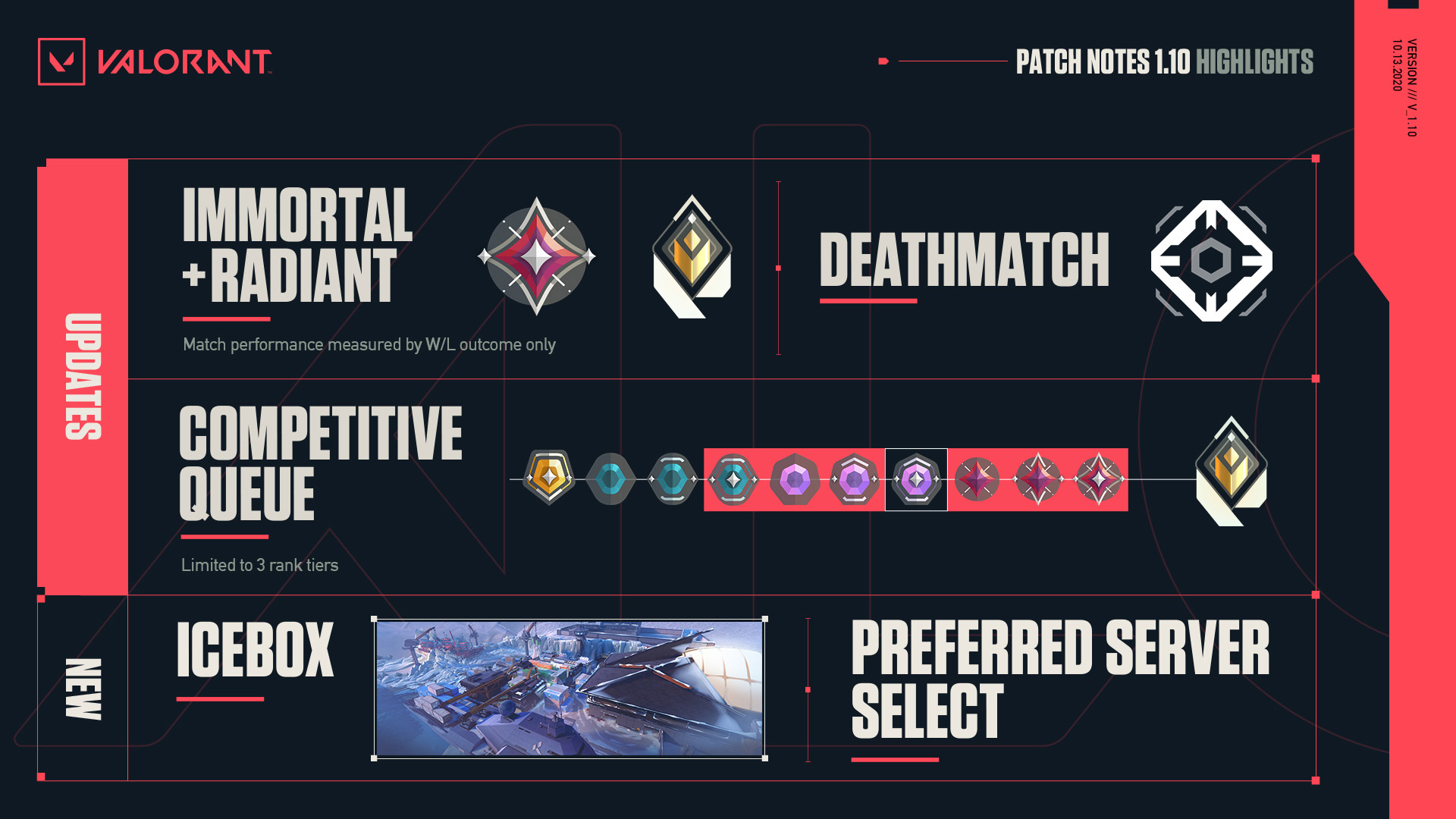
PluginName The name of an analytics.js plugin that has been required. If no tracker name is specified, the command is invoked on the default tracker. The identifier is made up of three parts (the first two being optional): methodName trackerName The name of the tracker to invoke the scheduled command on. Usage ga(command,, ) Parameters NameĪn identifier representing the command to add to the queue. Invoking the ga() command queue function with the following function signature will push commands onto the queue to be scheduled for execution once the library is loaded. Since commands are only executed after the analytics.js library is fully loaded, the most common reason to pass the command queue a function is as a callback for when the analytics.js library is loaded and ready. Invoking the ga() command queue function by passing it a function will schedule the passed function for execution at the next point in the queue. This document details all the various ways the ga() command queue function can be invoked. In order to keep the tracking snippet as small as possible, the ga() command queue is overloaded to accept arguments in many different formats.
#First assault disable auto queue code
If you do this, ensure any code you copy from this site references the new name. The JavaScript tracking snippets allows the ga() command queue function to be renamed. Once this is done, new commands pushed onto the queue are executed immediately. As soon as the analytics.js library is loaded, the items in the command queue are executed in the order they were received. The JavaScript tracking snippet defines the initial ga() command queue function, so it can be used even before the analytics.js library is fully loaded. It is recommended that you turn off aim assist if you want to have maximum control in aiming your moves.The ga() command queue provides an interface for doing almost everything you need to do with the analytics.js library. Moreover, the Aim Assist Sensitivity option allows you to set how fast or slow your aim will be when it is approaching the target. Players can change how far the aim must be before the assist will take effect. Increase/Decrease assist range when aiming Directional Moves This is suitable for players who want to get the benefit of aim assist while having a small amount of freedom in aiming. Sensitivity Assist has less of an impact in aiming compared to Smart Assist.

This prevents your aim to accidentally go past the target, which can help you line up your shots perfectly! Standard Aim Assist Sensitivity Assist makes your aim slow down as it approaches the target. the higher the value, the less distance to the target you need before it instantly locks on. Players can set how large the threshold is before the aim instantly locks to a target. Increase/Decrease assist range when aiming Ranged Moves Increase/Decrease assist range when defocusing Directional Moves Increase/Decrease assist range when aiming Directional Moves.

#First assault disable auto queue how to
This is a good way to slowly getting used to playing the game and learning how to aim their moves. New players should take advantage of Smart Assist if they have a hard time lining up their shots. This makes aiming down moves a lot quicker while making you less prone to missing targets! Great for Beginners Smart Assist lets you 'snap' to targets when your aim is close to them. The game has three different kinds of aim assist, each with its own way of helping the player compensate for lack of precision.

Turning on aim assist can help you target opponents with ease, and can even prevent you from missing them entirely.


 0 kommentar(er)
0 kommentar(er)
